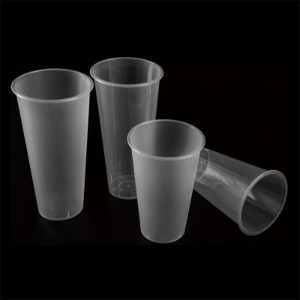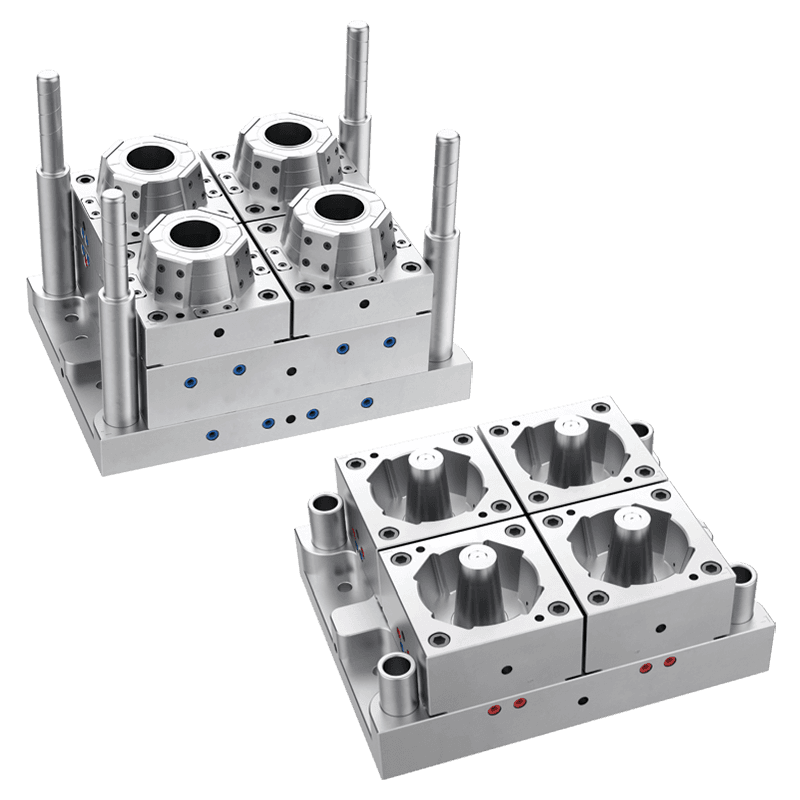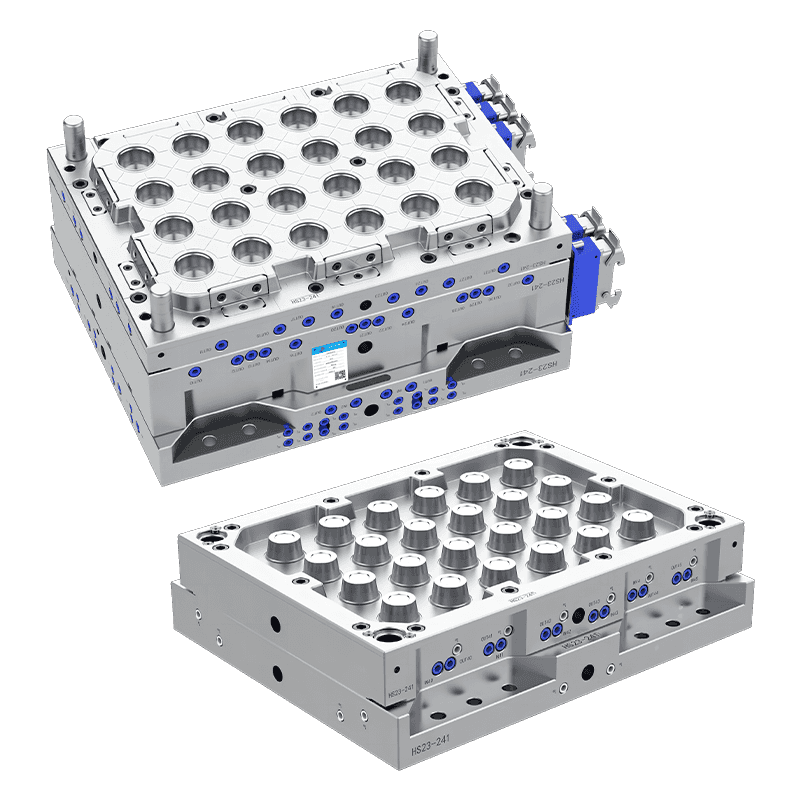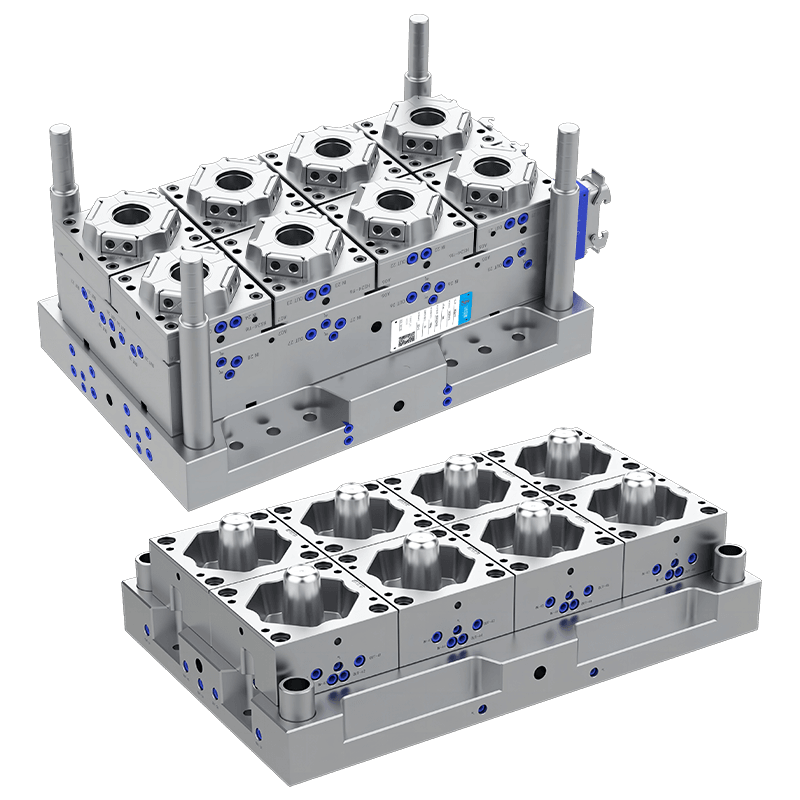What Different User Experience Can Mould for Plastic Cup Bring?

The mold for plastic cup manufacturing determines the cup's dimensions, shape, and structural integrity. High-quality molds provide precise and consistent shapes that enhance the user experience in several ways:
Comfortable Handling: Well-designed molds create cups with smooth edges, comfortable rims, and ergonomic shapes that are easy to hold. For example, a slightly contoured cup provides a better grip, reducing the chance of slipping.
Stackability: Consistency in size and shape ensures cups stack neatly, saving storage space for both vendors and consumers. Proper stacking also reduces the risk of deformation during transportation.
Standardized Volume: Precision molds ensure that cups hold the intended volume, whether it's a small espresso cup or a large take-out beverage. This accuracy is essential for consumer satisfaction and business transparency.
When molds lack precision or wear down over time, the resulting cups may have irregular shapes or inconsistent sizes, which can negatively affect user satisfaction.
The surface texture and finish of plastic cups are directly influenced by the mold's quality and design:
Smooth and Glossy Surfaces: Molds with finely polished cavities produce cups with smooth and glossy surfaces, enhancing the visual appeal and tactile sensation. Consumers often associate smooth, shiny surfaces with higher quality.
Matte or Textured Finishes: Some molds incorporate textured patterns to create matte finishes or anti-slip surfaces. These finishes can improve grip, reduce glare, and offer a different aesthetic suited to particular brands or uses.
Custom Designs: Advanced molds can include branding elements such as logos, patterns, or decorative reliefs directly into the cup surface. This customization enhances brand recognition and adds a premium feel to the product.
The user experience benefits from these surface characteristics as they affect both the cup's look and how it feels in hand.
Molds also influence the structural strength and durability of plastic cups:
Wall Thickness Control: A well-engineered mold ensures even wall thickness, which is critical for the cup's strength. Thin walls may bring about fragility, while uneven thickness can cause weak spots prone to cracking or leaking.
Material Compatibility: Certain molds are designed for specific types of plastic—such as polypropylene (PP), polyethylene terephthalate (PET), or polystyrene (PS)—each with distinct properties. Matching mold design to plastic type ensures strength and performance.
Reinforced Areas: Some molds include design features that reinforce the cup's base or rim, areas that typically endure more stress. This increases durability, making cups suitable for hot liquids or repeated use.
Users benefit from these enhancements by experiencing fewer failures such as cracks, spills, or deformations, contributing to overall satisfaction and safety.
Modern consumers increasingly value sustainability, and molds can affect the environmental impact of plastic cups:
Lightweight Design: Efficient mold designs can produce thinner cups that use less plastic without compromising strength. Lightweight cups reduce material consumption and waste.
Biodegradable and Recyclable Plastics: Specialized molds may be optimized for biodegradable plastics or recycled materials, promoting environmentally friendly products. Proper molding ensures these materials perform well despite their differing properties.
Reusable Cup Options: Some molds are designed to create thicker, more durable cups intended for multiple uses, supporting sustainability by reducing disposable waste.
The user experience is positively influenced when consumers feel their choice of cup aligns with ecological values.
Contact Us
Email: [email protected]; Or fill out the contact form below.

 English
English 中文简体
中文简体 русский
русский Español
Español Français
Français




